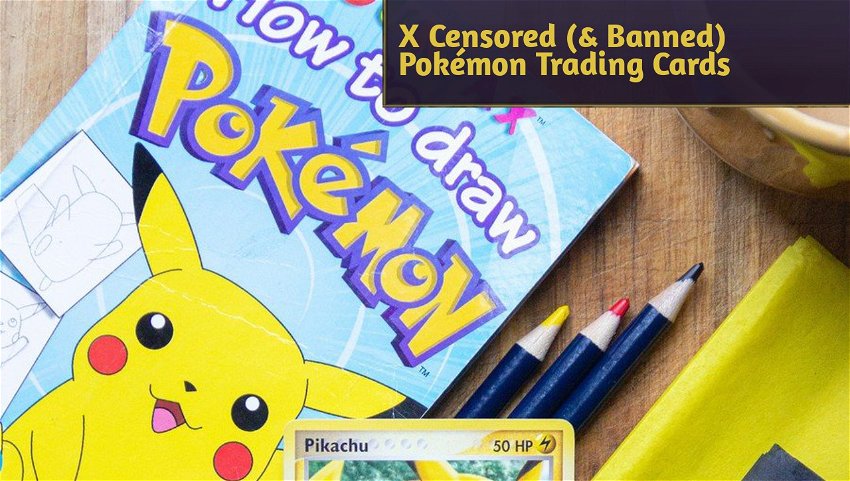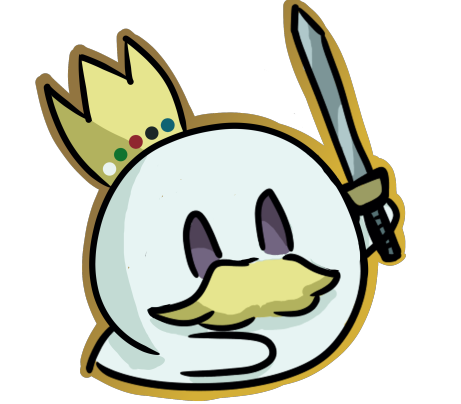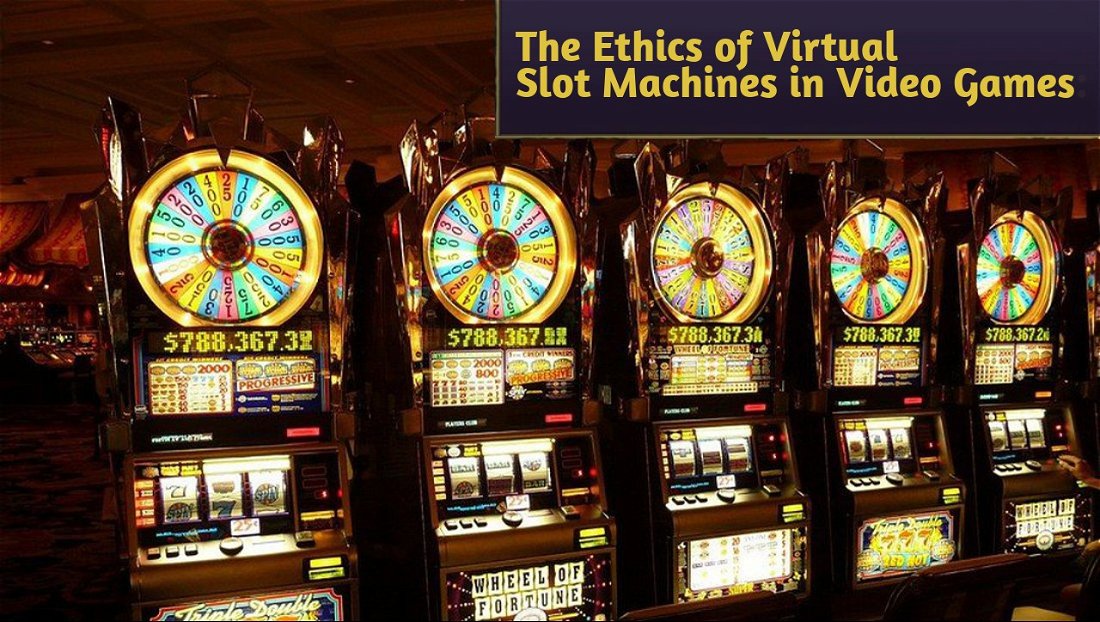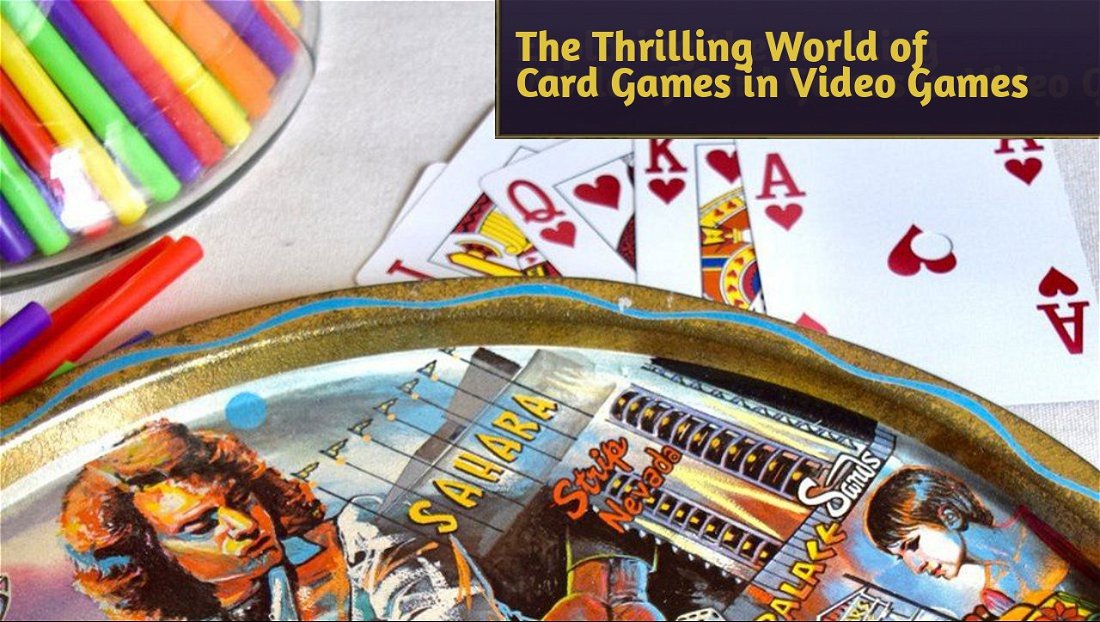Over the years Pokemon Company has decided to ban and withdraw many different cards. Some of the reasons behind this call were perfectly reasonable and had to do with making the game fair and balanced. Others were completely ridiculous and caused quite a controversy among the fans.
In this article we’ll go over some of these cards and especially why they were banned in the first place. Over the years, banned cards have become coveted items and there’s an underground market for them.
How to Get Banned Pokemon Cards
Banned Pokemon cards have become much more expensive since you can no longer find them in circulation. Some of them can only be bought online and in niche markets that have a special interest in Pokemon, such as some online communities in Japan.
Many collectors use crypto & Bitcoin poker sites to fund their hobby and to pay for the Pokemon cards online. Some of these cards will go up in value in the years to come as there’s a growing interest in Pokemon memorabilia. The efforts invested in funding and collecting the cards will therefore prove to be worth your while.
Unown (Lost Thunder)
Unown (Lost Thunder) was banned for one of the most common reasons. Most cards that get banned are banned because they’ve become too powerful. This was the case with Unown. Two cards from the popular Unown were pulled as they would result in an almost instant win for the player using them.
When the “damage” and “hand” abilities from these cards are matched the player wins instantly and the cards were too easy to come by resulting in too many easy wins. The card was banned in 2019 and it led to the ban of the “Reset Stamp” card that is used to counter them.
Ad
Hex Maniac (Ancient Origins)
Hex Maniac was another card that was banned because it gave too much of an advantage to the player who got it. "Hex Maniac," when played, prevents any and all Pokémon abilities from being used until the end of the opponent's next turn. This often meant that for the opponent the game was over before it started.
This supporter card was banned in 2018 and it has been in use since 2016. The ban didn’t cause too much controversy among players, even though the card was praised for its artwork before it was banned.
Marshadow (Shining Legends)
Marshadow (Shining Legends) was banned for a similar reason as the previous card we mentioned. It was believed that the card put the player who plays second at too much of a disadvantage. The player that plays second puts their card back into the deck, shuffles, and draws four cards. This pretty much puts an end to any strategy the player had in mind.
Interestingly, it took a while for the card to be banned worldwide. This happened in 2019 in Japan, and worldwide tournaments followed a few months later. The card was still used in Taiwan in 2020 and then it was banned completely.
Maxie's Hidden Ball Trick (Primal Clash)
Maxie's Hidden Ball Trick was banned preemptively before it started causing problems for the players due to its being too powerful. Similarly to the last two cards we mentioned Maxie's Hidden Ball Trick would lead the player drawing it to almost instant win when compared to a Fighting-type Pokemon.
Ad
The card has gone up in value since it was banned even though its design was never much praised or loved. Ken Sugimori is the artist behind Maxie's Hidden Ball Trick design. The ban was announced in 2019.
Jynx (Base Set)
Banning Jynx was one of the most discussed moves by the Pokemon Company and one that was written about beyond niche media interested in Pokemon cards. The Pokemon was introduced in the anime series and it was immediately criticized as a racist caricature. That’s what it was and the decision to ban the card was mostly praised.
The character was later re-designed from black to purple and it was given a somewhat different appearance. The card was pulled in 1999 and redesigned one year later. It’s still a part of the Pokémon TCG cards series.
Magmortar (Dragons Exalted)
Magmortar is a fire-type Pokemon from the Dragons Exalted series. This card wasn’t banned but it was censored. The card was introduced in 2013 and it was just recently changed and censored. In the original version of the card the Pokemon holds a cannon and points it directly to the player. In the new version, the angle is changed and the cannon no longer faces the player.
The Pokedex still contains both illustrations and the versions of the card with the cannon facing forward has become a valued item.
Sabrina's Gengar (Gym Heroes)
Ad
This is another censored card and the change was made for the American audience, while the Japanese version remained the same. Some may not even notice the change since it’s subtle and hard to spot due to the design of the card. In the Japanese version, the Pokemon stands in front of a graveyard that can be spotted in the background if you pay attention to it.
In the new, American version the background is just black with nothing in it. The card was seen as too morbid for the American audience and the change was made before anyone complained.
Cards with a Gambling Theme
An early version of the Pokemon game had a gambling mini-game in which the players played slots and won coins and prizes. This was depicted in the Japanese version of the Pokemon card with the slots being clearly visible on the card. The change was once again made for the American market.
The cards are zoomed in and the slot screen is somewhat blurred so that it’s not clear what the card is depicting. The focus is now on the slot game itself and not on the casino parlor which was deemed inappropriate for kids.
Imakuni?'s Doduo (Evolutions)
Imakuni?'s Doduo was unique when compared to cards on our list because it was banned as soon as it came out. The card was never meant to be used in official tournaments and it says so right on the card. Instead, it’s just a collector’s item.
The card refers to a costumed musician character known to Pokemon fans and it’s one of many such cards. It was seen as ridiculous from the get-go as the player was supposed to sing to activate the card.
Ad
Sneasel (Neo Genesis)
Sneasel was introduced as a part of Neo Genesis and its ban was somewhat controversial. The card was banned for being too powerful, but the players didn’t react well to that decision. Thanks to its "Beat Up" attack, the card was both devastating and rampant because of its ability to do an average of 80 damage and a maximum of 140 damage per turn as early as the second turn.
When coupled with other cards Sneasel becomes even more powerful, so much that it makes for an almost instant win. In order to even the playing field Pokemon banned the card.
Which one of the banned cards is your favorite and why?





— Комментарии
0Прокомментируйте первым